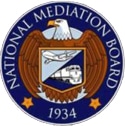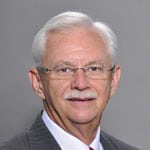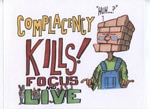 As most railroaders can attest, there are times that procedures and operating rules set by the FRA or imposed by carriers can be difficult to understand. The language may seem vague, and the ballast-level application often is left up to interpretation, which leads to ambiguity and confusion.
As most railroaders can attest, there are times that procedures and operating rules set by the FRA or imposed by carriers can be difficult to understand. The language may seem vague, and the ballast-level application often is left up to interpretation, which leads to ambiguity and confusion.
Other rules and procedures are crystal clear, but the ballast-level application depends on an individual’s level of training and professionalism.
With conductor certification, this responsibility has been highlighted and enhanced, and retaining certification can depend on proper ballast-level application of operating rules.
This brings us to the proper application of one of the most important and consistent rules throughout the nation, which was put into place by the FRA to protect life, limb and property during circumstances that require the utmost attention to detail and all crew members’ undivided attention: restricted speed.
The foundation of restricted speed for all rail carriers is found at Code of Federal Regulations, Section 49, Part 236, Subpart G-Definitions § 236.812, dealing with speed restriction. It requires “A speed that will permit stopping within one-half the range of vision, but not exceeding 20 miles per hour.”
Many will read that statement and proceed at the limits of that definition — a speed of 20 miles per hour — completely overlooking the true intent of the regulation.
Restricted speed is not a posted speed that we strive to maintain. It is as crystal-clear a word that can be used in a procedure: Restricted based on circumstance –circumstance that only those in the locomotive cab can truly apply to ensure safe operation.
Is there a train ahead? Broken rail? Faulty signals? The circumstances surrounding the use of restricted speed may vary, but the importance of protecting life, limb and property never changes.
In short, restricted speed is a warning that something in front of you has the ability to get you fired, hurt or killed.
When restricted speed is required, the warning should bring one out of your seat – make the hair on the back of your neck stand – because that is how dangerous the situation is at that point.
When speed is restricted, every element of your job should have your undivided attention, looking for what lies ahead — moving at a speed that will allow stopping in an instant when the unknown becomes known.
An in-depth job briefing among crew members is a must, and at times should include contacting the dispatcher for as much pertinent information as possible.
When speed is restricted, engineers and conductors must insist that each other drop all other activities, remain vigilant and attentive at the task at hand.
Conductors must be in position to stop the movement immediately should any doubt arise that the train is not under control using the provided emergency brake handle on their side of the locomotive.
With conductor certification, you are now held accountable, and it is only logical that you place the train into emergency 10 times than to gamble with your life once.
In some cases, we struggle to find examples of others’ misfortune to bring to light our urgency to comply with rules and procedures. Unfortunately, during 2011 there were five serious accidents where, according to the National Transportation Safety Board, crewmembers “failed to operate their trains at the required restricted speed.” Two of these accidents resulted in crew fatalities:
* Red Oak, Iowa, April 17, 2011, on BNSF
* Low Moor, Va., May 21, 2011, on CSX
* Mineral Springs, N.C., May 24, 2011, on CSX
* DeWitt, N.Y., July 6, 2011, on CSX
* DeKalb, Ind., Aug. 19, 2011, on Norfolk Southern
Be wise and learn from the mistakes of others who failed to follow rules, procedures and signal systems that were designed over decades to prevent such collisions.
The UTU Safety Task Force urges you to operate at a speed that will allow you to go home to your family in once piece — never allowing others to set your level of personal safety.
Fraternally,
UTU Safety Task Force
Greg Hynes
Steve Evans
Jerry Gibson
To read other Rail Safety Alerts from the UTU Rail Safety Task Force, click on the following link:
https://www.smart-union.org/safety/smart-rail-safety-task-force/
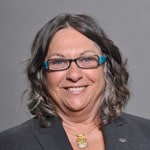
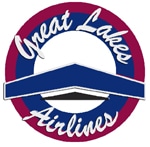
 WASHINGTON – Responding to petitions for reconsideration to its Nov. 9, 2011, final rule on conductor certification, the FRA has delayed for six months the testing implementation dates and clarified other mandates affecting territorial qualifications and the definition of hostlers.
WASHINGTON – Responding to petitions for reconsideration to its Nov. 9, 2011, final rule on conductor certification, the FRA has delayed for six months the testing implementation dates and clarified other mandates affecting territorial qualifications and the definition of hostlers.
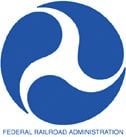 WASHINGTON – New minimum training and qualification standards are being proposed by the Federal Railroad Administration for rail workers in safety sensitive positions.
WASHINGTON – New minimum training and qualification standards are being proposed by the Federal Railroad Administration for rail workers in safety sensitive positions.